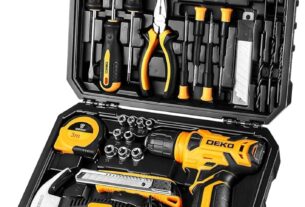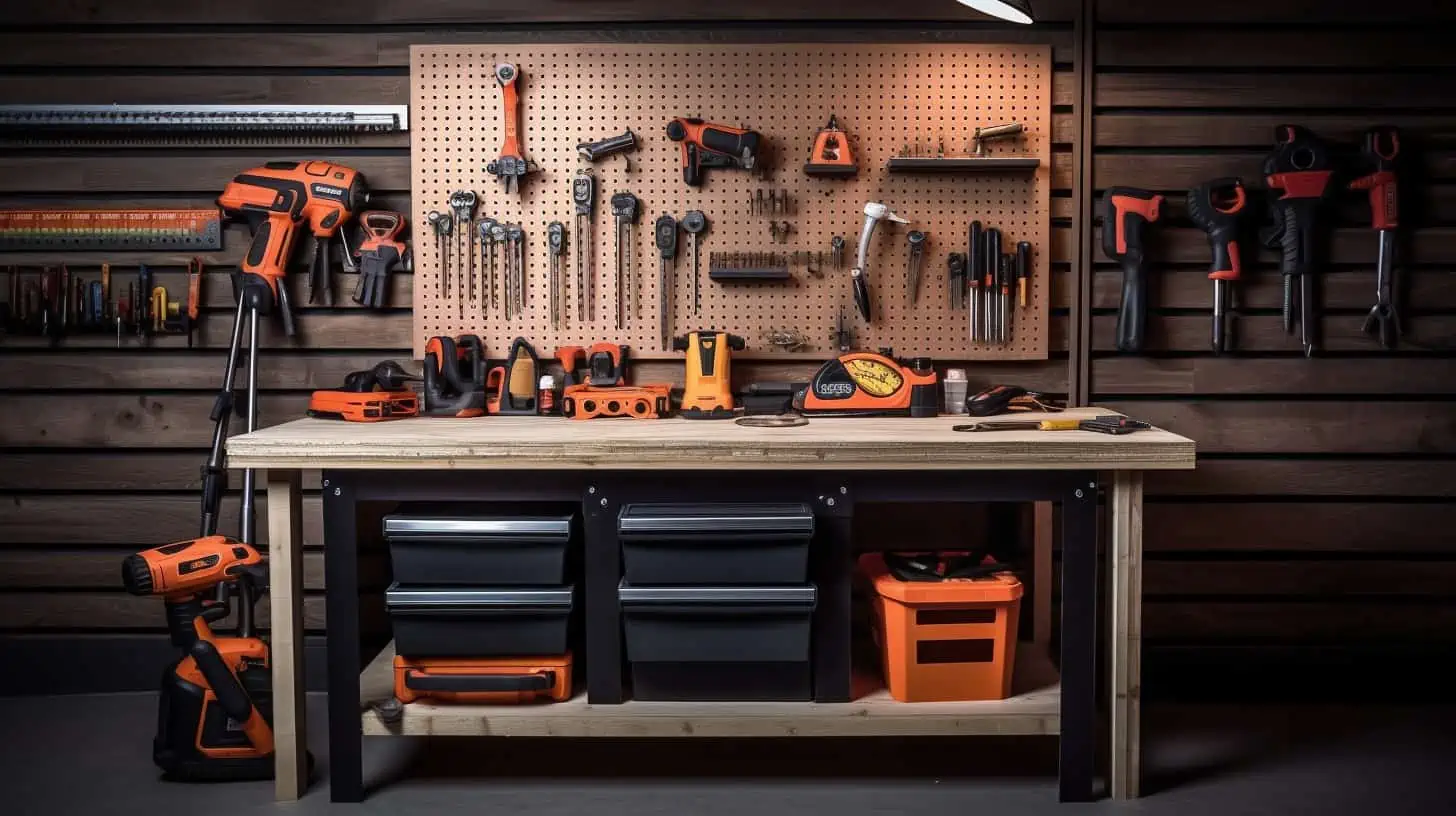Air Turbine Tools: The Ultimate Guide to Boost Your Industrial Efficiency! [@@]
If you’re looking for a powerful and efficient tool to streamline your industrial processes, you’ve come to the right place. Air turbine tools are the go-to solution for many professionals who need high-speed, low-maintenance machinery that can handle even the toughest tasks with ease.
In this comprehensive guide, we’ll explore everything you need to know about air turbine tools, from their history and development to their current applications in various industries. We’ll also take a closer look at the benefits and drawbacks of using these tools, as well as some tips on how to choose the best one for your needs.
So let’s dive in!
[@@]What Are Air Turbine Tools? [@@]
Air turbine tools are mechanical devices that use compressed air to power a rotation mechanism. They are commonly used in industrial settings where high-speed cutting or grinding is required, such as in metalworking, woodworking, and automotive repair.
The basic principle behind air turbine tools is simple: compressed air is directed into a chamber where it interacts with blades or vanes attached to a rotating shaft. This creates rotational energy that can be transferred to a variety of attachments or cutting tools.
Because they rely on compressed air instead of electricity or other fuels, air turbine tools offer several advantages over traditional power tools. For one thing, they tend to be more lightweight and portable, making them ideal for use in tight spaces or on job sites where mobility is important.
They also generate less heat than electric motors, which means they can run continuously without overheating or causing damage to surrounding materials. And because they don’t require complex electrical wiring or fuel storage systems, they are generally easier and cheaper to maintain than other types of power tools.
[@@]A Brief History of Air Turbine Tools [@@]
The concept of using compressed air as a source of power has been around for centuries, but it wasn’t until the early 20th century that air turbine tools began to emerge as a viable alternative to traditional power tools.
One of the earliest examples of an air turbine tool was the pneumatic drill, which was invented in the late 19th century and used compressed air to power a rotating bit. This device quickly became popular among miners and construction workers who needed a reliable way to bore through rock and concrete.
As the technology behind compressed air systems improved, so did the range of applications for air turbine tools. By the mid-20th century, these devices were being used in everything from aircraft manufacturing to dental surgery.
Today, air turbine tools are widely considered to be some of the most versatile and efficient mechanical devices available, with applications in dozens of different industries.
[@@]Types of Air Turbine Tools [@@]
There are several different types of air turbine tools available on the market today, each designed for specific tasks and environments. Here are some of the most common types:
1. Air Drills: These tools use compressed air to power a rotating drill bit or other cutting attachment. They are commonly used for drilling holes in metal, wood, and other materials.
2. Air Grinders: Similar to air drills, air grinders use compressed air to power a rotating grinding wheel or other abrasive attachment. They are commonly used for grinding down metal surfaces or preparing them for welding or painting.
3. Air Sanders: These tools use compressed air to power a reciprocating sanding pad or belt. They are commonly used for smoothing out rough surfaces or removing paint from metal.
4. Air Hammers: Also known as “chipping hammers,” these tools use compressed air to power a hammering mechanism that can break up concrete, asphalt, and other tough materials.
5. Air Screwdrivers: These tools use compressed air to power a rotating screwdriver bit that can drive screws into wood, metal, and other materials.
6. Air Riveters: These tools use compressed air to power a riveting mechanism that can join two pieces of metal together with a strong, permanent bond.
7. Air Cutters: Similar to air grinders, air cutters use compressed air to power a rotating cutting wheel or blade. They are commonly used for cutting through metal pipes and other tough materials.
[@@]Advantages of Air Turbine Tools [@@]
There are several key advantages to using air turbine tools over traditional power tools. Here are some of the most important:
1. Lightweight and Portable: Because they don’t rely on heavy batteries or fuels, air turbine tools tend to be much lighter and more portable than their electric counterparts. This makes them ideal for use in tight spaces or on job sites where mobility is important.
2. Low Maintenance: Air turbine tools are generally easier and cheaper to maintain than other types of power tools. Because they don’t require complex electrical wiring or fuel storage systems, they tend to have fewer parts that can break down or malfunction.
3. High Speeds: Air turbine tools are capable of achieving much higher speeds than traditional power tools, which means they can complete tasks more quickly and efficiently.
4. Lower Heat Output: Unlike electric motors, which generate a lot of heat when in use, air turbine tools generate very little heat. This means they can run continuously without overheating or causing damage to surrounding materials.
5. Versatility: With a wide range of attachments and cutting tools available, air turbine tools are incredibly versatile and can handle a variety of different tasks with ease.
[@@]Disadvantages of Air Turbine Tools [@@]
While there are certainly many benefits to using air turbine tools, there are also some drawbacks that should be considered. Here are some of the most significant:
1. Noise Levels: Because they rely on compressed air to operate, air turbine tools can be quite noisy. This can be a problem in certain environments, such as hospitals or residential neighborhoods.
2. Air Supply: To operate properly, air turbine tools require a steady supply of compressed air. This means they are generally not suitable for use in remote locations or areas where air compressors are not readily available.
3. Skill Required: Because they operate at high speeds, air turbine tools can be dangerous if not used properly. This means that users must have the proper training and experience to operate them safely.
4. Cost: While they may be cheaper to maintain than other types of power tools, air turbine tools can still be quite expensive to purchase initially. This cost may be prohibitive for some businesses or individuals.
[@@]Choosing the Right Air Turbine Tool [@@]
When selecting an air turbine tool, it’s important to consider your specific needs and requirements. Here are some factors to keep in mind:
1. Type of Task: Different air turbine tools are designed for different tasks, so it’s important to choose the right one for your specific application. For example, an air drill would be more appropriate for drilling holes than an air grinder.
2. Speed Requirements: Consider how quickly you need the tool to operate, as well as the maximum speed it is capable of reaching.
3. Power Source: Make sure you have access to a reliable source of compressed air before purchasing an air turbine tool.
4. Ergonomics: Consider the size and weight of the tool, as well as its handle design and grip comfort.
5. Durability: Look for tools made from high-quality materials that will withstand regular use and abuse.
6. Price: Finally, consider your budget and look for a tool that offers good value for money without sacrificing quality or performance.
[@@]Conclusion [@@]
Air turbine tools are powerful and efficient mechanical devices that offer many advantages over traditional power tools. With their high speeds, low maintenance requirements, and versatility, they are the go-to solution for many professionals in a variety of industries.
However, there are also some drawbacks to using air turbine tools that should be considered before making a purchase. By carefully evaluating your specific needs and requirements, you can choose the right tool for your application and enjoy all the benefits that air turbine tools have to offer.
So if you’re looking for a reliable and efficient way to streamline your industrial processes, consider investing in an air turbine tool today!
[@@]References: [@@]
1. “Air Turbine Tools.” Wikipedia, Wikimedia Foundation, 10 May 2021.
2. “Air Turbine Tools.” Dynabrade Inc., n.d.
3. “Air Turbine Technology.” JET Tools, n.d.




